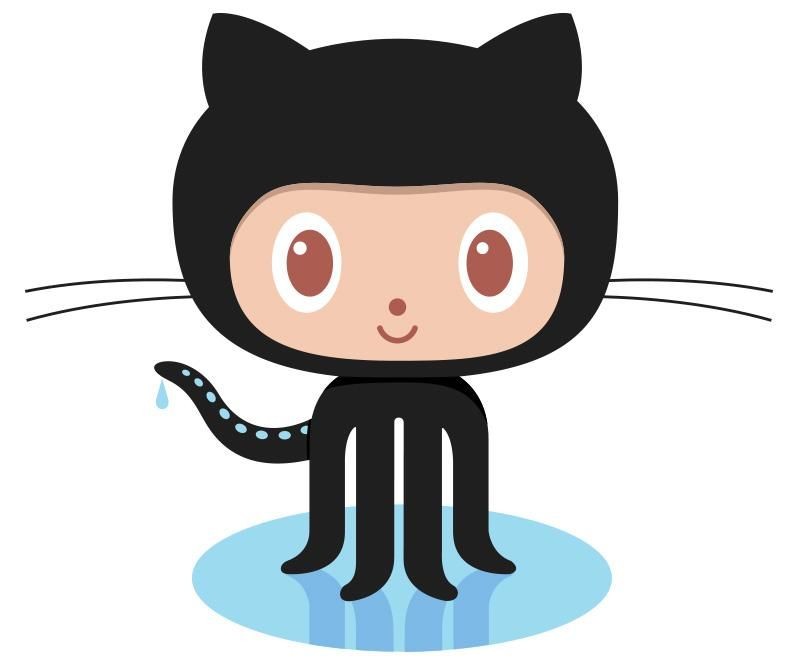
This event is part of the Computer History Museum’s newly launched software initiative, which includes our “Make Software: Change the World!” exhibition, the Software History Center, and our Education Center.
This event was broadcasted live via Facebook Live. Watch all future events live on the Museum’s Facebook page.
CHM Live’s “How the World Builds Software,” with GitHub CEO Chris Wanstrath and Fortune Senior Writer Michal Lev-Ram on January 17...
Google, NASA, and the White House are just a few of the superstars you can find on social coding site GitHub. With 19 million users, the company features everything from open source fonts to code allowing nonprofits to save and analyze electronic health records in Africa. Daily, developers around the world use GitHub to share, build, and store software.
According to GitHub CEO and Co-founder Chris Wanstrath, the company’s primary goal is helping people work together. The site leverages Git, an open source software tool written by Linux creator Linus Torvalds. Git allows developers to manage their coding histories, known as repositories. GitHub enables programmers to share and edit each other’s repositories. “What GitHub really did is make Git accessible... to people who wanted to write software, who wanted to collaborate,” Wanstrath said. “There’s a lot of developers out there that... want to work with other people but don’t want our tools dumbed down.”
While technology has given us self-driving cars and smart watches, GitHub CEO Chris Wanstrath says it has also made collaboration a lot more challenging...
A self-taught coder, Wanstrath became interested in software collaboration by engaging with open source groups online while learning to program. In conversation with Fortune Senior Writer Michal Lev-Ram on January 17, Wanstrath shared how he gave up on multiple programming languages before settling on PHP because of its welcoming digital community. ”The strangers on the internet... ended up helping me find a sense of a group,” Wanstrath said “They were trying to help share knowledge and build each other up and teach me things.”
GitHub CEO Chris Wanstrath shares how he taught himself to code and how his passion for programming caused him to fail out of college...
Wanstrath’s passion for programming and contributing to Wikipedia ultimately led him to drop out of the University of Cincinnati after a year and a half. “I found myself not going to school and skipping class,” Wanstrath said. “Instead of doing drugs... I was programming.”
After a short-lived stint at a trucking logistics company in New Jersey, Wanstrath moved to San Francisco to become an engineer at CNET in 2005. During his tenure at CNET, he continued to engage with open source groups online, where he met GitHub’s co-founder Tom Preston-Werner. They launched the site in 2007. ”There was a conversation between Tom and I where we had the idea for GitHub,” Wanstrath said. “But he and I had worked on so many developer tools to make programmers’ lives better that I really think GitHub was the culmination of what we had both been working on for a long time.”
Initially, GitHub was built as a platform for programmers, by programmers. However, to keep the company growing, Wanstrath knew he had to expand GitHub’s community. “Our North star in the early days was a lot about mak[ing] something great for the developers in the building,” Wanstrath explained. “Now the North Star is about making something great for every developer in the world.” Almost 75 percent of GitHub users are located outside of the US and more than one-third come from Europe.
Today, GitHub is the world’s largest collection of public software, with more than 51 million projects. Wanstrath says he has been amazed by not only the growth in the number of projects, but also the increasing impact of the code available on GitHub. In addition to projects from tech giants like Facebook, Apple, and Microsoft, new and veteran programmers alike have access to the code that allows Stephen Hawking to speak and other nonprofit projects.
GitHub also has a unique and vibrant culture, both inside the company and among its users. The face of GitHub is known as the Octocat, a whimsical hybrid of a cat and an octopus. Initially designed as a humorous addition to the company’s early 404 and 505 error pages, the Octocat became a permanent fixture due to an outpouring of support from GitHub users. The company now has a full-time team of illustrators to create customized Octocats for specific events or seasons.

Wanstrath’s approach to hiring is also unique, shaped by his nontraditional path as an entrepreneur. “If you walk in the door and you have a college degree but no open source experience, maybe we’ll take a chance on you. In the same way if you walk in the door and have open source experience and no college degree, we’re going to take a chance on you,” he said. “For us, the résumé is really about getting you in the door.”
Wanstrath is optimistic about GitHub’s future because he’s also optimistic about the future of software. “I don’t know what’s going to happen in 10 years with software, but I do know it’s too late to go back and I think it’s going to become more and more entwined with how people live and how people interact with each other.” Wanstrath said. “To me, that’s the stuff that is the most exciting.”
Although he can’t predict what software will look like in 10 years, GitHub CEO Chris Wanstrath says he knows it will change our lives in ways we can’t imagine...